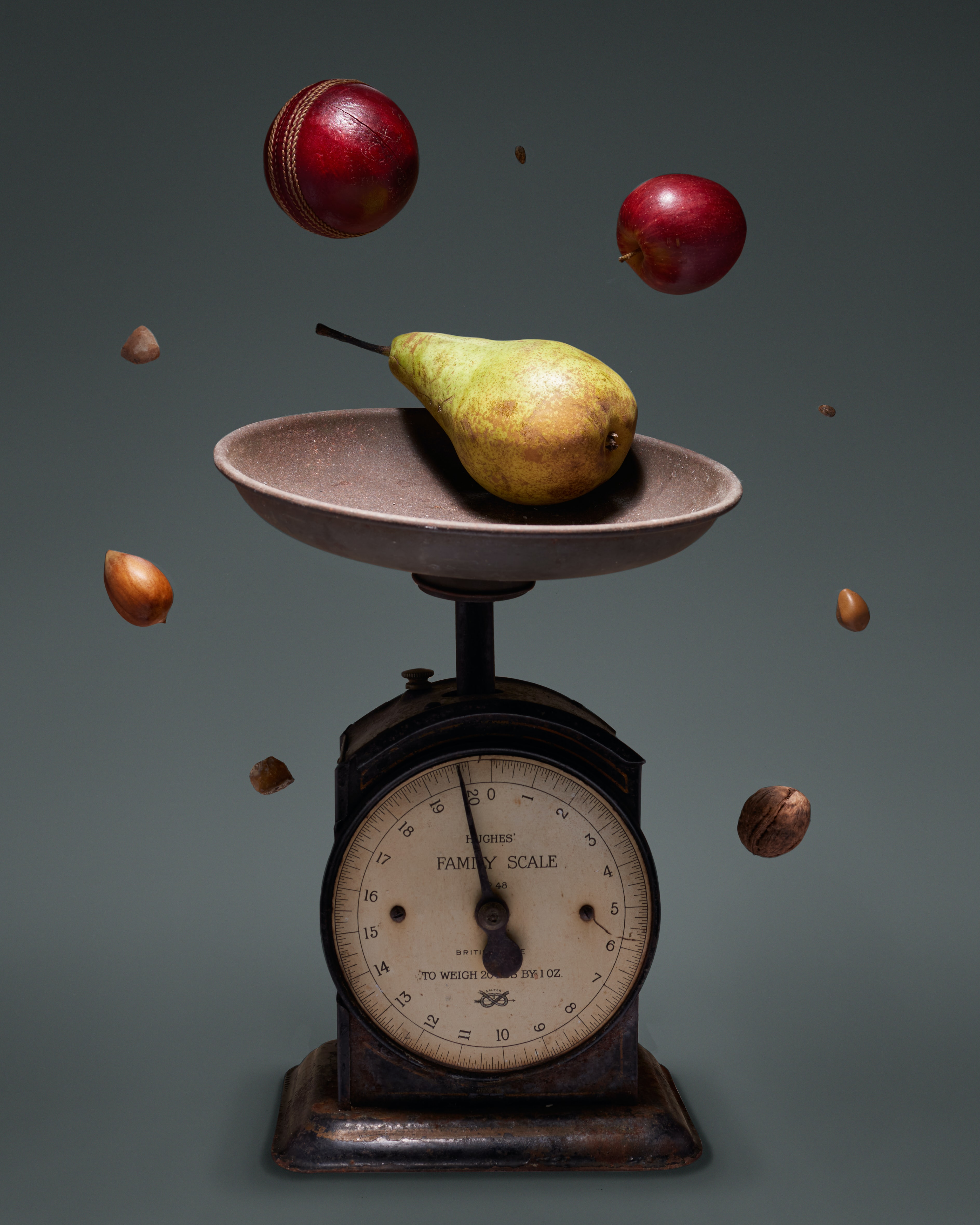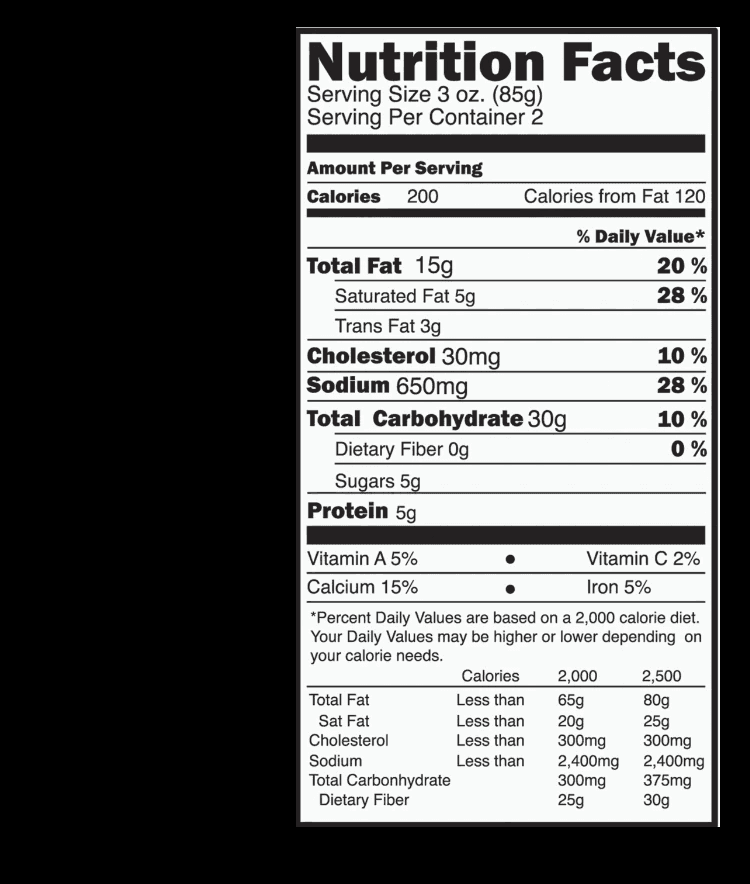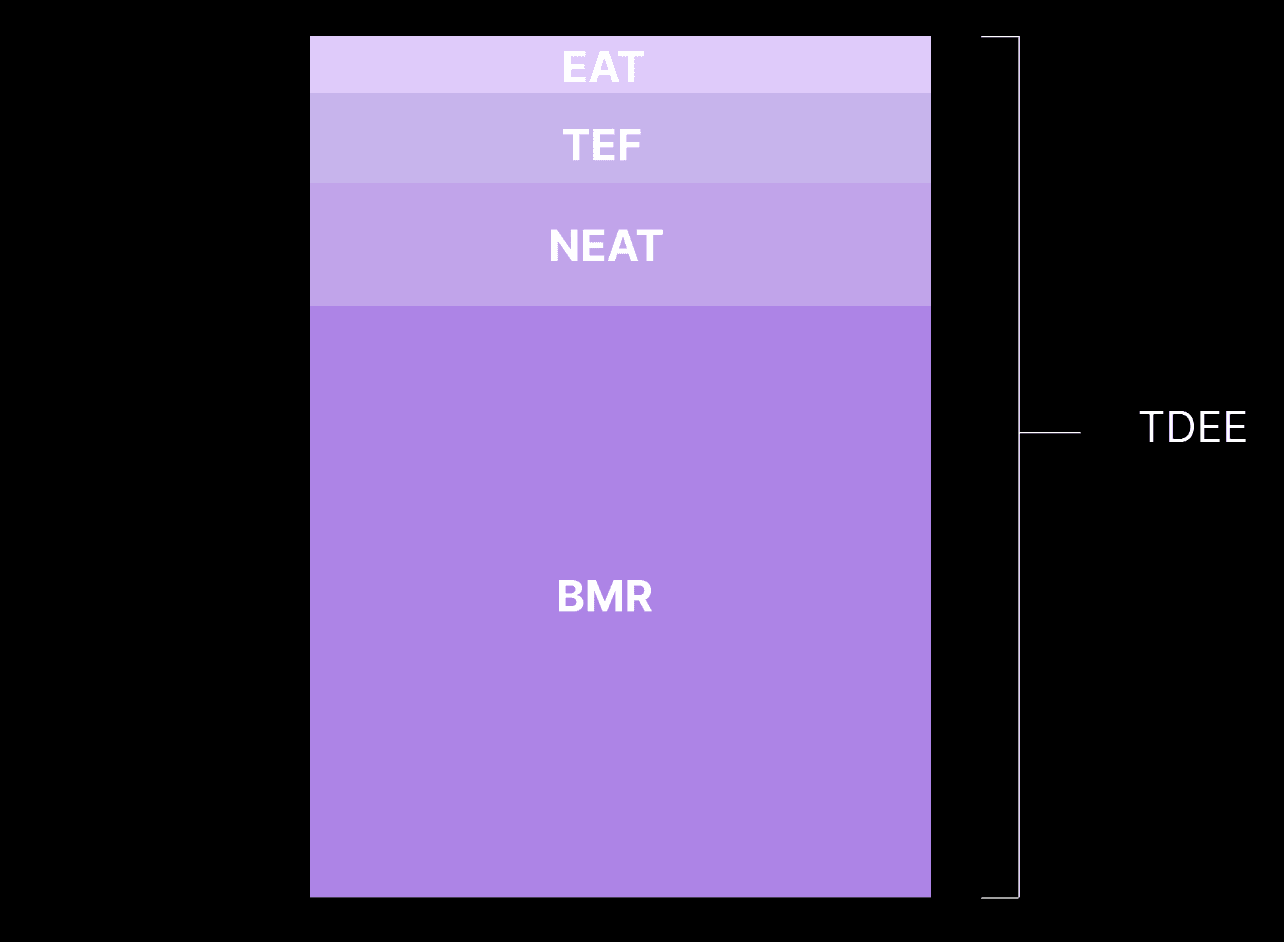<
Tracking your Calories
Mar 1, 2023

Dr. Darren Bowles
While it's true that "calories in vs. calories out" can be a helpful starting point for understanding nutrition and weight loss, it's important to consider the bigger picture when it comes to nutrition and weight loss.
For example, 100 calories of soda versus 100 calories of protein are vastly different. Not only do they affect how you gain weight, but they also have a massive impact on your health.
As always, there is no one-size-fits-all when it comes to weight loss, but there are some rules of thumb we can follow to make more informed decisions when it comes to nutrition and our health.
How Calories are Measured
When you flip over the back of the package, you'll see a "nutrition label," which is a breakdown of your food.

But how do they calculate the calories? There are two more popular ways that food companies do this:
Direct calorimetry: This method involves burning the food in a special device called a bomb calorimeter, which measures the heat energy produced by the food as it burns. The amount of heat energy produced is used to calculate the calorie content of the food.
Calculation based on macronutrient content: This method involves determining the amount of protein, carbohydrates, and fat in a food and using their respective calorie values to calculate the total calorie content. It is accepted that:
1 gram of protein = 4 calories
1 gram of carbohydrates = 4 calories
1 gram of fat provides 9 calories.
And these measurements are taken to find out the total calories of a certain food. But the catch of the nutrition labels lies in the regulation. In the US, the margin of error allowed for declared nutrient values on food labels is set at:
+/- 20% for nutrients present in amounts >= 2% of the recommended daily value (DV)
+/- 30% for nutrients present in amounts < 2% of the DV
In the EU, the margin of error is set at +/-20% for all nutrients, except for:
Energy value: +/- 4%
Protein: +/- 20%
Salt: +/- 20%
Vitamins or minerals: +/- 30%
So there is a large margin of error, which is not very visible when it comes to your food choices. The main takeaway is that even if you are tracking your calories with 100% precision, there will always be a margin of error that is outside of your control.
Burning Calories
The total calories you burn are referred to as TDEE (Total Daily Energy Expenditure). Within TDEE, we have several ways in which we categorise the burn:
Basal Metabolic Rate (BMR): the number of calories you burn by just existing. Be it from your heart beating, diaphragm contracting when you breathe, or moving your eyes - your body burns calories to sustain life functions.
Thermic Effect of Food (TEF): Some of the calories in the food you eat are used to digest, absorb, and metabolize the food you eat. The percentages of total calories ingested for each macronutrient are:

Non-exercise activity thermogenesis (NEAT): Any activity that you do that is not formal exercise. This can be energy expended when cleaning, cooking, or standing.
Exercise Associated Thermogenesis (EAT): The energy you expend when you exercise.

To calculate your TDEE, go to TDEE or any TDEE calculator of your choosing.
Tracking your Calories
Tracking your calories can be an effective way to achieve your weight loss goals, and there are many apps that can help you track. The most common one is 'My Fitness Pal', but more and more rivals come out of the wood-work with the passing of time including:
Snap Calorie - Track with pictures on your phone.
Lose It - Weight loss focused food tracker
Calory - Simple calorie tracker
At Cambrean, we will integrate with MyFitnessPal to give you insights into how nutrition impacts your:
Sleep
Recovery
Performance
So if you do use MFP, keep an eye out for news on MFP in the near future.
Bottom Line
Although, CICO is important when it comes to weight-loss, consider the bigger picture when it comes to nutrition and your health.
Keep in mind that no matter how accurate you are with your calorie tracking, there will always be a margin of error in your calorie calculations when using nutrition labels. TDEE and tracking apps can help you to achieve your nutrition goals.